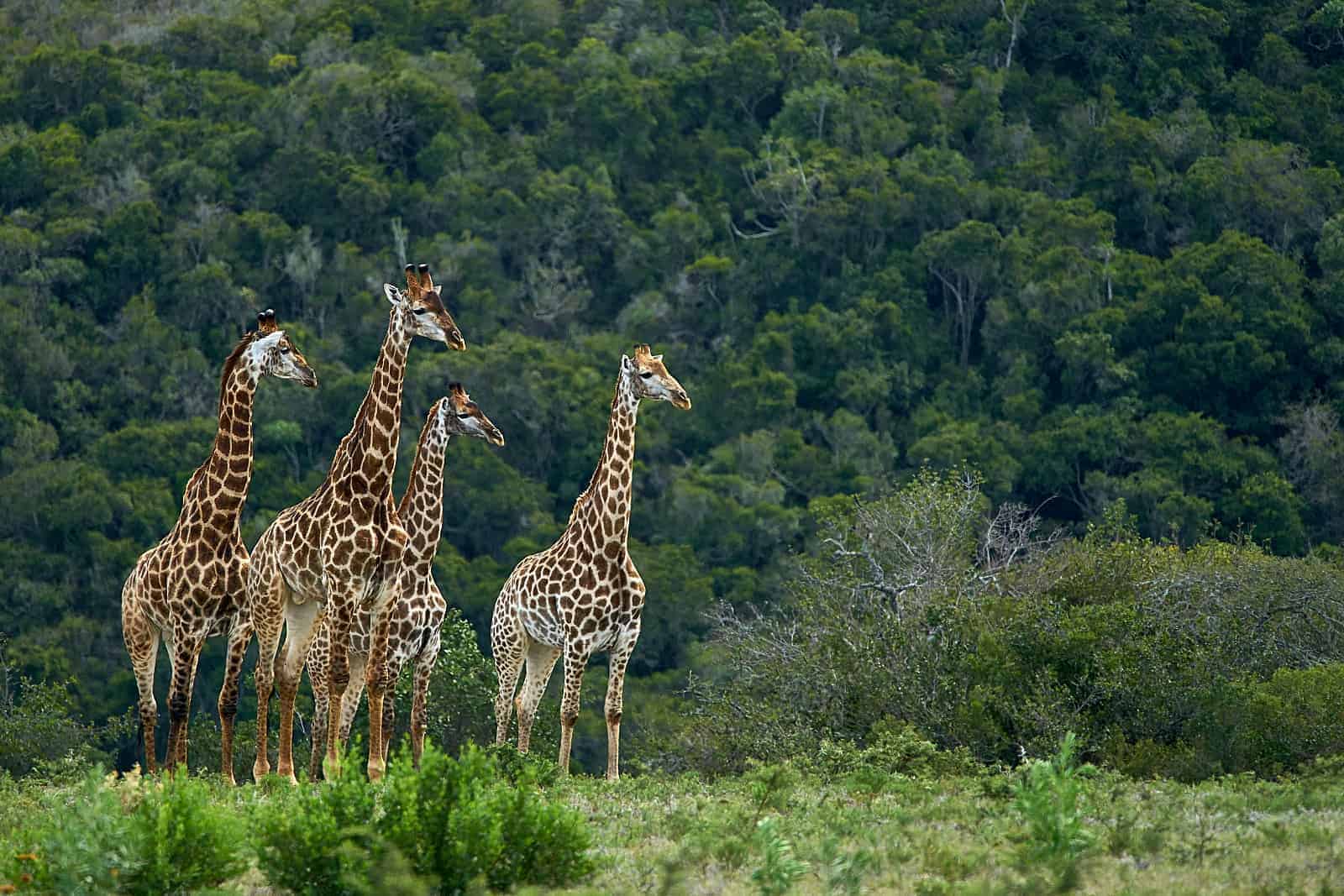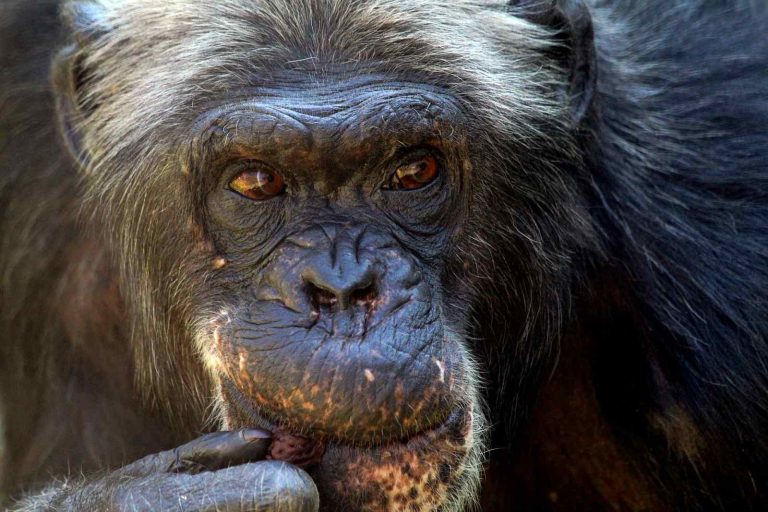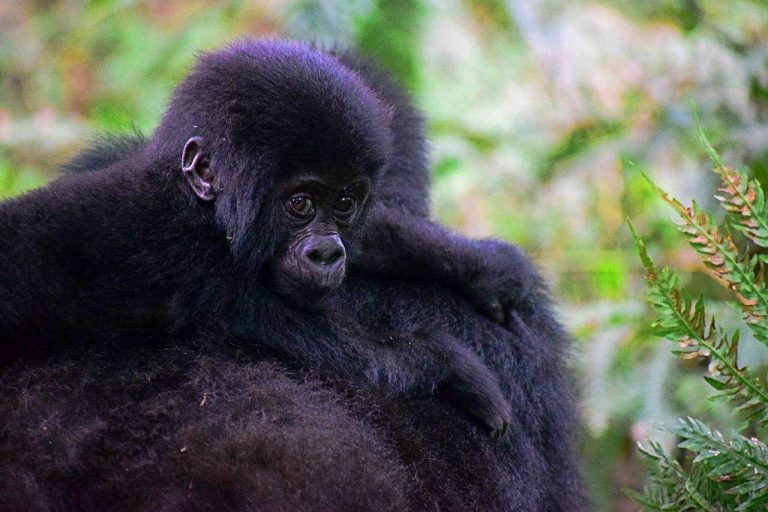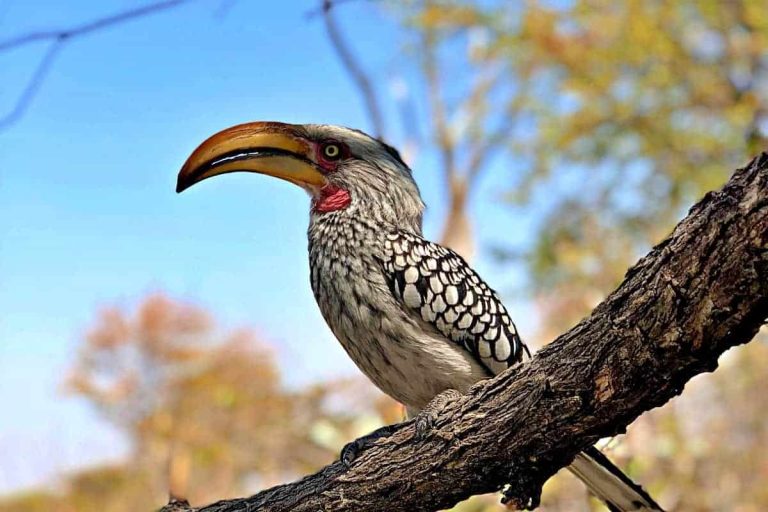Giraffes are as socially complex as elephants, study finds
Scientists at the University of Bristol have discovered evidence that giraffes are a highly socially complex species.
Traditionally, giraffes were thought to have little or no social structure, and only fleeting, weak relationships. However in the last ten years, research has shown that giraffe social organisation is much more advanced than once thought.
In a paper published in today in the journal Mammal Review, Zoe Muller, of Bristol’s School of Biological Sciences, has demonstrated that giraffes spend up to 30% of their lives in a post-reproductive state. This is comparable to other species with highly complex social structures and cooperative care, such as elephants and killer-whales which spend 23% and 35% of their lives in a post-reproductive state respectively. In these species, it has been demonstrated that the presence of post-menopausal females offers survival benefits for related offspring. In mammals – and –ncluding humans – this is known as the ‘Grandmother hypothesis’ which suggests that females live long past menopause so that they can help raise successive generations of offspring, thereby ensuring the preservation of their genes. Researchers propose that the presence of post-reproductive adult female giraffes could also function in the same way, and supports the author’s assertion that giraffes are likely to engage in cooperative parenting, along matrilines, and contribute to the shared parental care of related kin.
Zoe said: “It is baffling to me that such a large, iconic and charismatic African species has been understudied for so long. This paper collates all the evidence to suggest that giraffes are actually a highly complex social species, with intricate and high-functioning social systems, potentially comparable to elephants, cetaceans and chimpanzees.
“I hope that this study draws a line in the sand, from which point forwards, giraffes will be regarded as intelligent, group-living mammals which have evolved highly successful and complex societies, which have facilitated their survival in tough, predator-filled ecosystems.”
For scientists to recognise giraffes as a socially complex species, Zoe has suggested eight key areas for future research, including the need to understand the role that older, post-reproductive adults play in society and what fitness benefits they bring for group survival.
Zoe added: “Recognising that giraffes have a complex cooperative social system and live in matrilineal societies will further our understanding of their behavioural ecology and conservation needs.
“Conservation measures will be more successful if we have an accurate understanding of the species’ behavioural ecology. If we view giraffes as a highly socially complex species, this also raises their ‘status’ towards being a more complex and intelligent mammal that is increasingly worthy of protection.”
Paper:
‘A review of the social behaviour of the giraffe Giraffa camelopardalis: a misunderstood but socially complex species’ in Mammal Review by Zoe Muller and Professor Stephen Harris.
Source: Press Release, University of Bristol
Photo: Amar Alshaikh/Scopio







